Top categories

Beverages
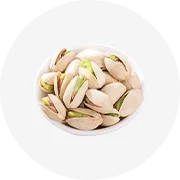
Nuts & Kernels

Seafood
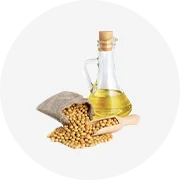
Plant & Animal Oil
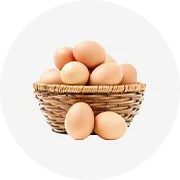
Egg Products

Dairy Products

Seasonings & Condiments
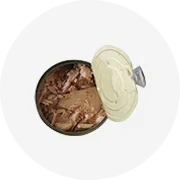
Canned Food
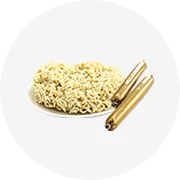
Instant Food

Baked Goods
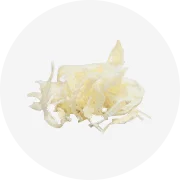
Other Food & Beverage

Meat & Poultry

Confectionery
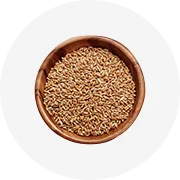
Grain Products

Snacks

Honey & Honey Products
About products and suppliers
Exploring Shirataki Noodles: A Versatile Culinary Delight
Shirataki noodles, a traditional Japanese ingredient, have gained international acclaim for their unique characteristics and versatility in various dishes. Made from the konjac plant, these noodles are also known as glucomannan noodles due to the fiber they contain, which contributes to their gelatinous texture. Often celebrated as a low-calorie alternative to regular pasta, shirataki noodles offer a distinct experience for those looking to diversify their culinary repertoire.
The Composition and Types of Shirataki
At the core of shirataki noodles is the glucomannan fiber, which is responsible for their minimal caloric content and is also found in miracle noodles. These noodles come in various forms, including shirataki rice, providing a rice-like option for dishes that traditionally use grains. For those seeking variety, miracle noodle shirataki rice and shirataki noodle rice present a unique blend of noodle and rice textures, expanding the possibilities for creative cooking.
Health Benefits and Dietary Considerations
One of the most appealing aspects of shirataki noodles is their dietary benefits. As zero carb pasta, they are an excellent choice for individuals following a ketogenic diet or managing diabetes. The fiber in konjac noodles aids digestion and can contribute to a feeling of fullness, which may support weight management efforts. Additionally, noodles with zero carbs like shirataki are gluten-free, making them a suitable option for those with gluten sensitivities or celiac disease.
Culinary Applications and Features
Shirataki noodles are incredibly adaptable, able to absorb flavors from soups, stir-fries, and sauces, making them a staple in many Asian cuisines. Their ability to blend seamlessly into dishes makes them a favorite for those experimenting with shirataki noodles and rice in traditional recipes. The texture of shirataki miracle noodles provides a satisfying bite that is different from typical noodles, offering a unique gastronomic experience.
Preparation and Cooking Tips
Preparing shirataki noodles is straightforward, requiring a simple rinse and quick boil or pan-fry to heat through. Non-fried varieties of miracle noodles may take slightly longer to cook but offer a reduced fat content for health-conscious consumers. Whether used in a hearty soup or a light salad, these noodles maintain their structure and impart a subtle, complementary flavor to the dish.
Choosing the Right Shirataki Noodles
When selecting shirataki noodles, it's essential to consider the dish they will be used in. For those looking to replicate the texture of traditional rice dishes, rice shirataki noodles are an excellent choice. Meanwhile, carb zero noodles are ideal for pasta dishes, allowing for a guilt-free indulgence in your favorite meals. With a variety of options available, shirataki noodles cater to a wide range of tastes and dietary needs.











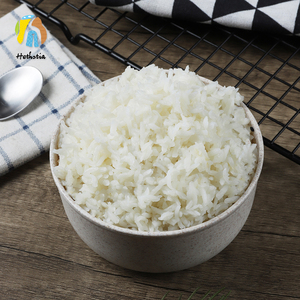













 浙公网安备 33010002000092号
浙公网安备 33010002000092号 浙B2-20120091-4
浙B2-20120091-4